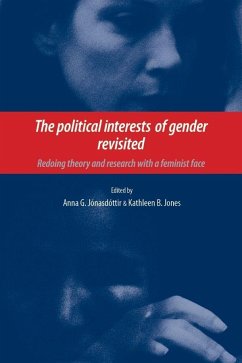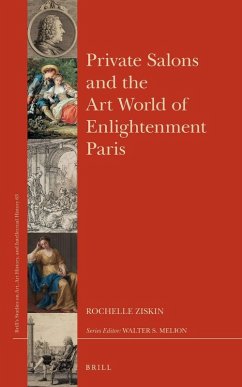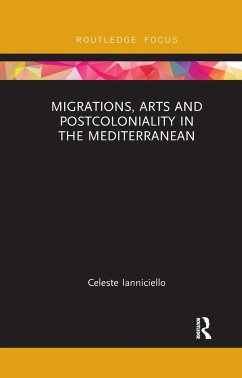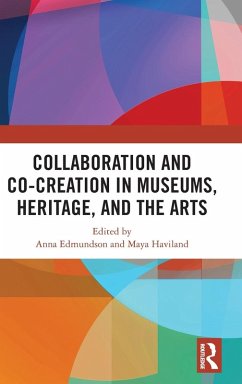
Counterfactualism in the Fine Arts
Versandkostenfrei!
Versandfertig in 6-10 Tagen
38,99 €
inkl. MwSt.
Weitere Ausgaben:

PAYBACK Punkte
19 °P sammeln!
Counterfactual thinking has become an established method to evaluate decisions in a range of disciplines, including history, psychology and literature. Elke Reinhuber argues it also has valuable applications in the fine arts and popular media.A fascination with the path not taken is a logical consequence of a world saturated with choices. Art which provokes and explores these tendencies can help to recognise and contextualise the impulse to avoid or endlessly revisit individual or collective decisions. Reinhuber describes the term in broad strokes through the disciplines to show how counterfac...
Counterfactual thinking has become an established method to evaluate decisions in a range of disciplines, including history, psychology and literature. Elke Reinhuber argues it also has valuable applications in the fine arts and popular media.
A fascination with the path not taken is a logical consequence of a world saturated with choices. Art which provokes and explores these tendencies can help to recognise and contextualise the impulse to avoid or endlessly revisit individual or collective decisions. Reinhuber describes the term in broad strokes through the disciplines to show how counterfactualism finds shape in contemporary art forms, especially in photography, film, and immersive and interactive media art (such as 360° content, virtual reality and augmented reality). She analyses the different stages of counterfactuals with examples where artists experience counterfactual thoughts in the process of art production, explore these thoughts in their artwork, and where the artwork itself evokes counterfactual thoughts in the audience.
A fascinating exploration for scholars and students of art, media and the humanities, and anybody else with an interest in choices, the art of decisionmaking and counterfactualism.
A fascination with the path not taken is a logical consequence of a world saturated with choices. Art which provokes and explores these tendencies can help to recognise and contextualise the impulse to avoid or endlessly revisit individual or collective decisions. Reinhuber describes the term in broad strokes through the disciplines to show how counterfactualism finds shape in contemporary art forms, especially in photography, film, and immersive and interactive media art (such as 360° content, virtual reality and augmented reality). She analyses the different stages of counterfactuals with examples where artists experience counterfactual thoughts in the process of art production, explore these thoughts in their artwork, and where the artwork itself evokes counterfactual thoughts in the audience.
A fascinating exploration for scholars and students of art, media and the humanities, and anybody else with an interest in choices, the art of decisionmaking and counterfactualism.





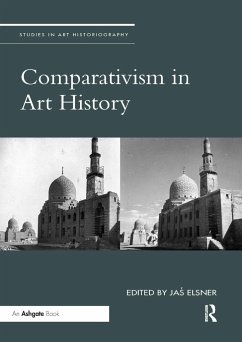
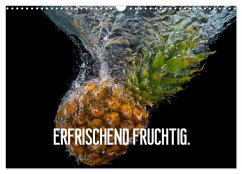
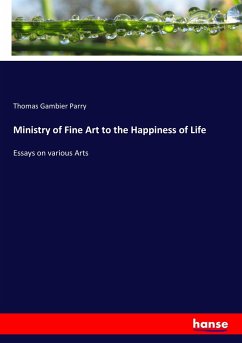
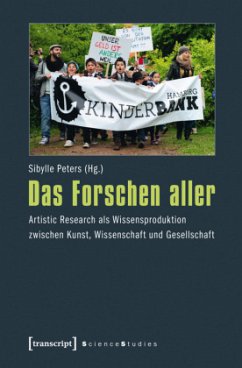
![The Lewes House Collection of Ancient Gems [now at the Museum of Fine Arts, Boston] by J.D. Beazley, Student of Christ Church, 1920 Cover The Lewes House Collection of Ancient Gems [now at the Museum of Fine Arts, Boston] by J.D. Beazley, Student of Christ Church, 1920](https://bilder.buecher.de/produkte/48/48995/48995188n.jpg)
